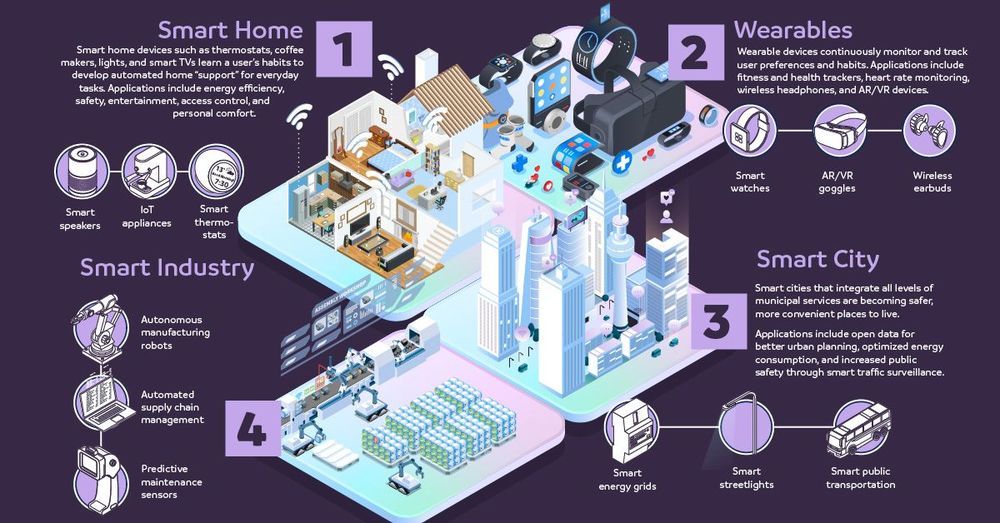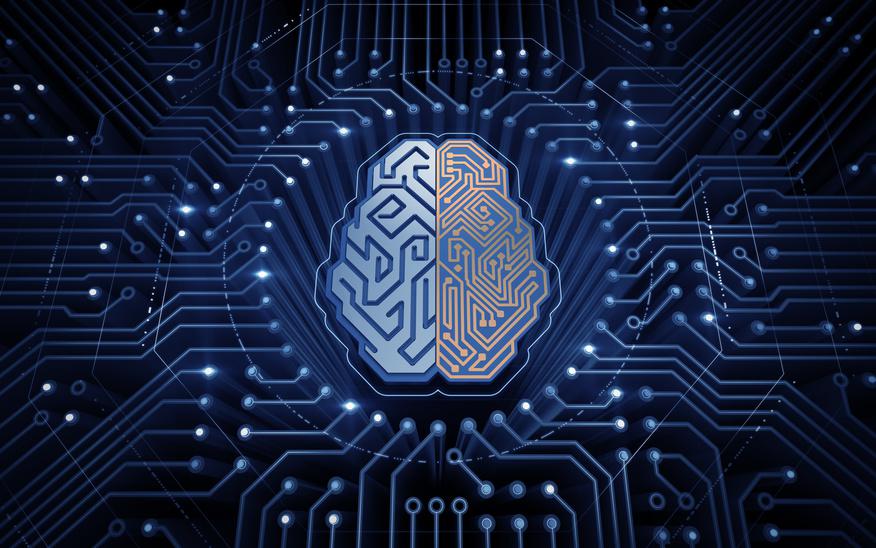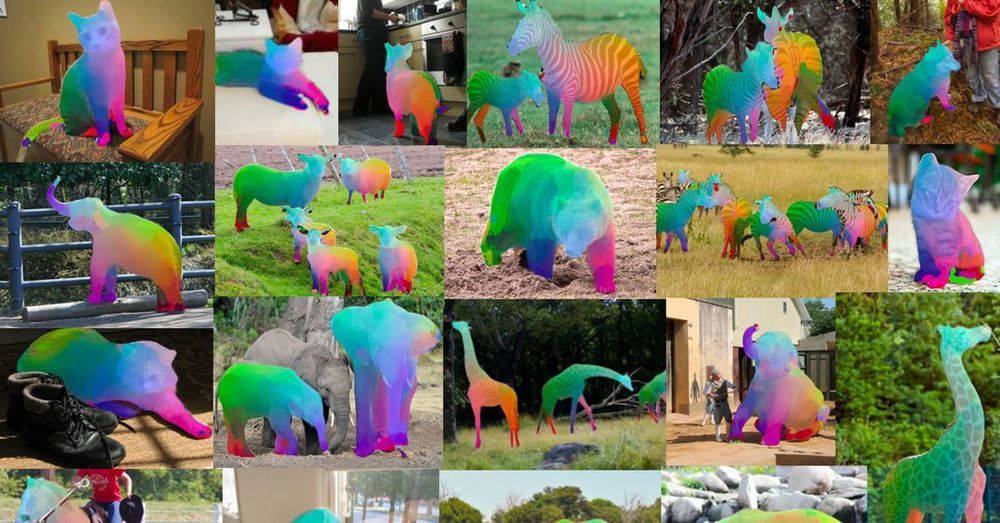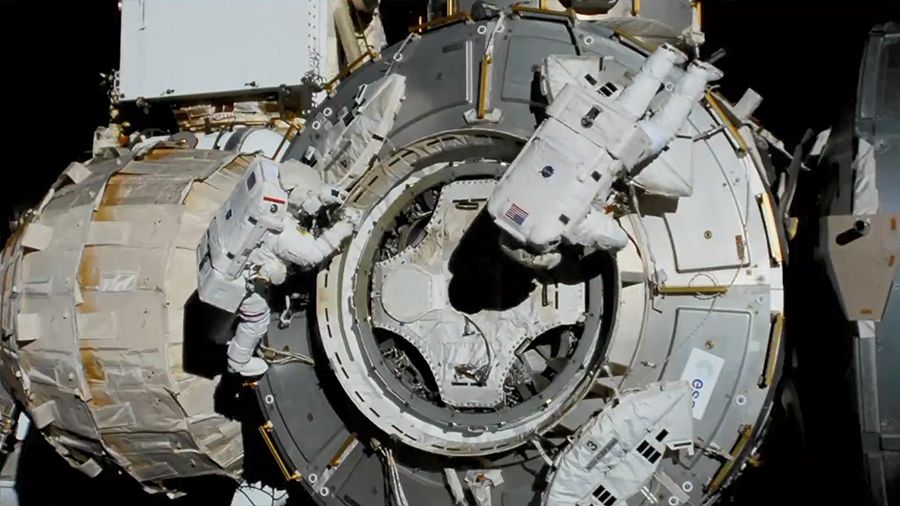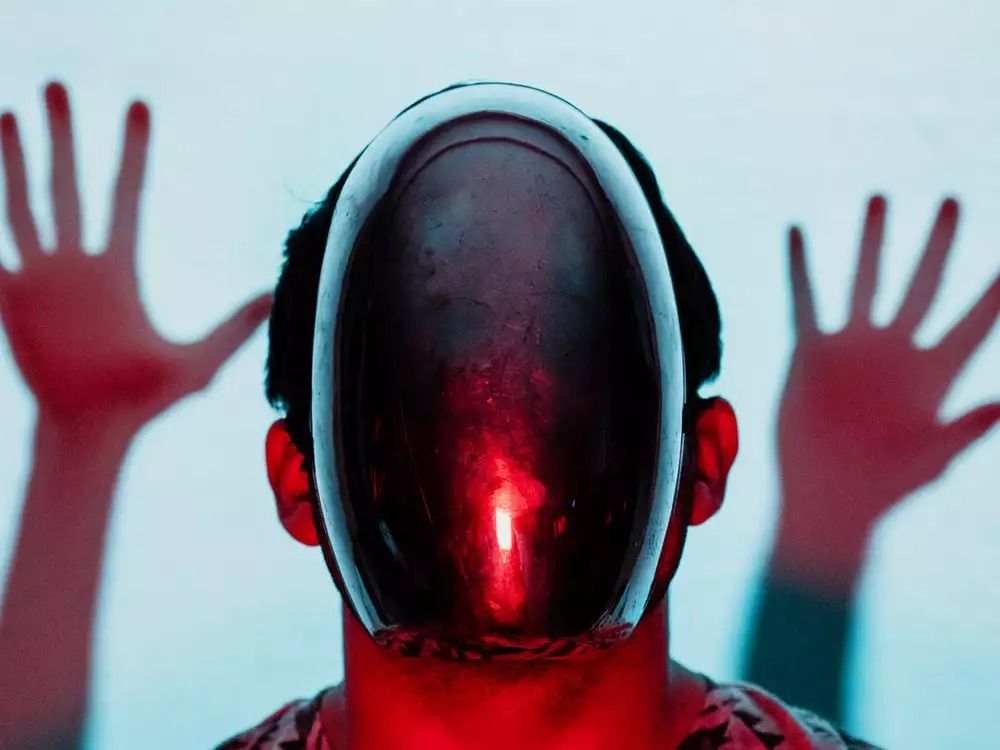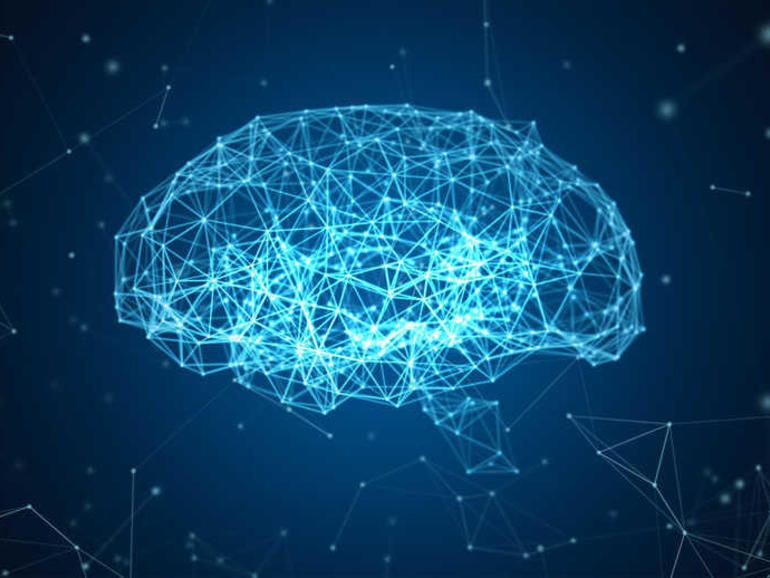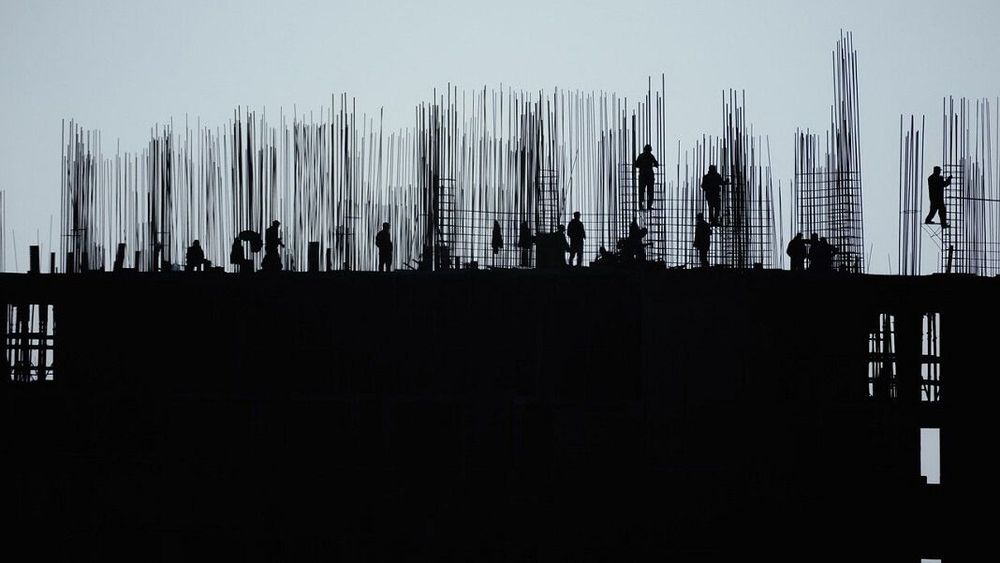To get a better look at the world around them, animals constantly are in motion. Primates and people use complex eye movements to focus their vision (as humans do when reading, for instance); birds, insects, and rodents do the same by moving their heads, and can even estimate distances that way. Yet how these movements play out in the elaborate circuitry of neurons that the brain uses to “see” is largely unknown. And it could be a potential problem area as scientists create artificial neural networks that mimic how vision works in self-driving cars.
To better understand the relationship between movement and vision, a team of Harvard researchers looked at what happens in one of the brain’s primary regions for analyzing imagery when animals are free to roam naturally. The results of the study, published Tuesday in the journal Neuron, suggest that image-processing circuits in the primary visual cortex not only are more active when animals move, but that they receive signals from a movement-controlling region of the brain that is independent from the region that processes what the animal is looking at. In fact, the researchers describe two sets of movement-related patterns in the visual cortex that are based on head motion and whether an animal is in the light or the dark.
The movement-related findings were unexpected, since vision tends to be thought of as a feed-forward computation system in which visual information enters through the retina and travels on neural circuits that operate on a one-way path, processing the information piece by piece. What the researchers saw here is more evidence that the visual system has many more feedback components where information can travel in opposite directions than had been thought.


